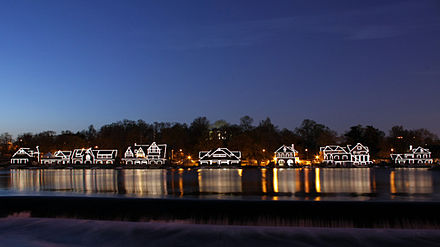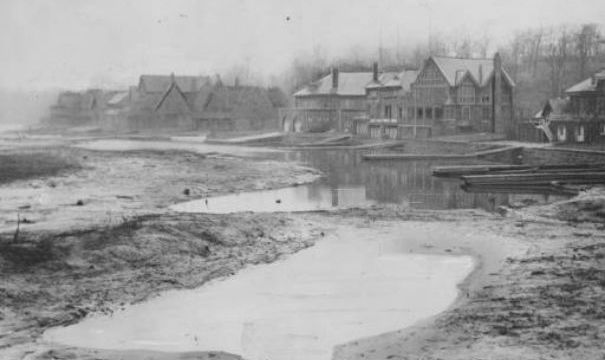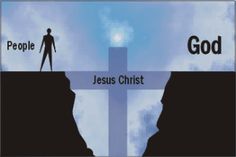May
10
2016
A Little Dredging
Posted in Salvation Leave a comment
Along a river that no one from out of town can spell or pronounce there is a problem.
The river is the Schuylkill River.
The name of the river is Dutch and it means, “hidden river” or “sheltered creek.”
That refers to the river’s confluence with the Delaware River at a point hidden with vegetation.
Boathouse Row is a historic site which is located on the East bank of the Schuylkill River.
Boathouse Row is literally a row of 15 boathouses, each with their own history.
The boathouses are over 100 years old with some built 150 years ago.
The boathouses host many major regattas and are well known in the rowing community.
Boathouse Row is a National Historic Landmark and on the National Register of Historic Places.
In 1979, an architectural lighting designer installed lights to outline each of the boathouses.
The lights make the boathouses look like gingerbread houses as they reflect in the river.
In 2005, two houses were given computerized LED lights that light up in various colors.

Boathouse Row has a problem: shallow water.
The water along Boathouse Row is filled with silt from upstream.
Some of that mud came from more than 100 miles away, tumbling off hillsides in Schuylkill County, where the river originates. The soil gathers volume as it flows toward Philadelphia, passing farmland, housing and commercial development, and flowing under bridges and alongside highways. Then, as the river reaches Boathouse Row, it runs into a barrier – the Fairmount Dam…Stretching diagonally across the river, the concrete dam allows water to pass downstream toward the Delaware River. But not the silt. Most of it is forced east, toward the boathouses, where a gentle whirlpool picks up the waterborne soil and deposits it on a growing shoal not far from the docks.
(excerpt from Mark Davis, Philadelphia Inquirer, June 24, 1999)
The Schuylkill River has not been dredged since 2000.
At that time 27,000 cubic yards of silt was removed to restore the river to a depth of six feet.
The prestigious Dad Vail regatta is approaching and something must be done.
The river is so clogged with sediment the boats may be unable to safely row.
 Boathouse Row 1934 Photo credit: Temple Archives, George McDowell Bulletin Photographs
Boathouse Row 1934 Photo credit: Temple Archives, George McDowell Bulletin Photographs
In 1934, the city stopped dredging because of lack of funds during the Depression.
The river in front of Boathouse Row had basically turned to mud.
Rowing is important to the local economy, bringing in about $50 million a year.
Currently, dredging costs $3 million and would be done through the Army Corps of Engineers.
It is hard to imagine that silt could cause so many problems.
Silt is defined as earthy matter, fine sand, carried by moving or running water.
Silt is deposited as a sediment.
Silt causes problems because is does not flow like water, it just sits and accumulates.
I was thinking about the silt problem on the Schuylkill River as I drove home.
I had been to a Mother’s Day picnic at the school where my daughter teaches.
Coming home, I passed a large pond.
The pond always catches my eye as I drive down this particular road.
Today I noticed that two very large trees had fallen.
They fell across the pond.
I was thinking about how an adventurous child would love to cross the pond on those trees.
I was thinking how an adventurous adult might like to do the same.
The trees fell with such precision.
They fell without much debris.
The trees made a bridge.
The trees made a way across the pond.
I pondered the two different situations.
Silt deposits are presenting a problem for rowers who want to row down the river.
The rowing shells cannot move freely.
The rowing shells could easily get caught on the silt deposits.
Two trees fell across a pond in such a way that there is a direct route to the other side.
Rather than being a barrier, the fallen trees became a bridge.
Rather than being something that prohibited passage, the fallen trees aided passage.
The fallen trees made a way where there was no way before.
Thomas said to Him, “Lord we don’t know where You are going, so how can we know the way?” Jesus answered, “I am the way and the truth and the life. No one comes to the Father except through Me.” (John 16:5,6)
Our sin is like silt that deposits in our life and clogs the path to Heaven.
The sin must be dredged from our life.
First, we must acknowledge that we sin and that our sin is a problem.
Our unconfessed sin builds up and accumulates making the way Home impossible.
But Jesus was lifted up on a Tree.
That Tree, that cross, makes a Bridge.
That cross precisely fills the space between us and God.
That cross makes a way across the great divide.
Two trees fell with precision.
They made a bridge across the pond where there was no bridge before.
The cross on which Jesus was hung fills the gap between a holy God and sinful people.
We must believe that Jesus made a Way where there was no way before.
We must believe that Jesus is the Way.
We must believe that Jesus is the Bridge.
We must understand that our sin is sediment that accumulates in our life.
We must realize that our sin needs to be dredged from our life.
If we confess our sins, He is faithful and just and will forgive us our sins and purify us from all unrighteousness. (1 John 1:9)
We must realize that a sediment of sin has accumulated in our life.
We must confess our sins to the Lord Jesus, who hung on the Tree.
When we confess our sins, the Lord Jesus forgives us our sins.
The Lord Jesus dredges the sin from our life by taking it upon Himself on that Tree.
Jesus took our sediment on Himself so the Living Water will flow freely through our life.
The Tree on which Jesus hung is our Bridge.
It fills the space between a holy God and sinful people with precision.
We have a Way across, if only we believe on the One who hung on the Tree.

Thank you, Lord Jesus for dredging the sin from our life and taking it upon Yourself as you hung on the Tree. You, are our Bridge back to the Father.

Leave a Reply